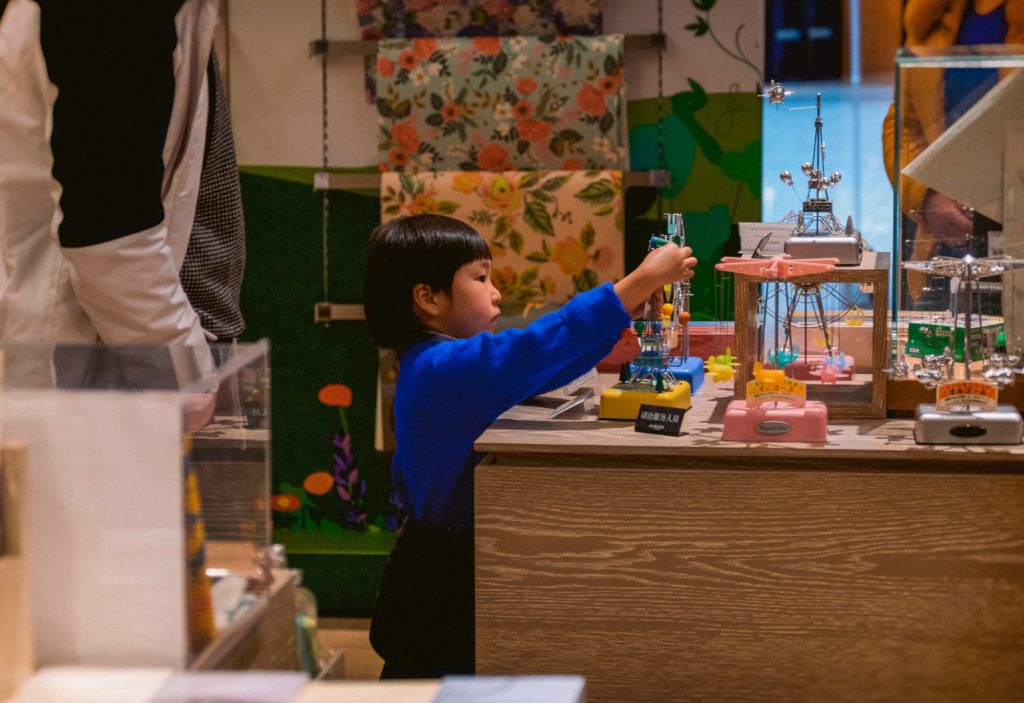By Minghan Shelley Sun
Edited by Natalie Grace Sipula
[4 minute read]
During the Covid-19 pandemic, it seems that we spend most of our time switching between screens while taking classes, socializing, or completing work and internship projects. The digital fatigue we get from constantly looking at screens has eliminated the enjoyment and happiness we are supposed to receive from these activities or events. Because of this, a new question has been raised: How can educators infuse more excitement and motivation into online classes? Currently, I am taking online classes for the second semester in a row at the graduate level. I’m working from China and am also a student-teacher for a class at the USC International Academy. Therefore, I’ve gone through the process of adapting to online learning from both a student’s and a teacher’s perspective, and luckily, I’ve gained some insights and hope to shed some light on this issue for everyone who is also facing this issue.
Perspective as a graduate student
During this past semester (Fall 2020), my online classes seemed to always have group discussions and tasks. Having participated in many Zoom breakout rooms, I became aware of a sense of separation occurring when being grouped with different classmates. One experience I remember in particular is when I was in a breakout room with three classmates I’d never spoken to before. When we first entered the breakout room, no one started the conversation but just stared at their screens. I wondered to myself, ‘What are they doing? Are they checking the rubric or looking for something?’ Eventually, I couldn’t stand the awkward silence so I broke the ice by saying “Hi, guys. Have you found the work document?” which started our conversation. Although we pretty much finished our assigned task, our discussion was superficial and did not really reach my expectations for that class. I was genuinely disappointed and felt upset about what I felt was a loss in value of that class time.

However, there was another time when I was grouped with a classmate who was talkative and willing to share their ideas, and that experience was totally different. From the beginning, our greetings naturally warmed up our discussion, and some common thoughts that we expressed about the class deepened our conversation and elicited more thinking and sharing. This experience showed me that if all of the members of a breakout room are willing participants, the conversation can be great.
Perspective as a teacher
Recently, I was granted the opportunity to observe as a student-teacher in a class. Student-teachers at the graduate level typically learn to teach by observing the host teacher’s practices and teaching micro lessons in real classrooms. This is what I did at the USC International Academy during Spring 2020 and Fall 2020. Due to the sudden shift to online learning, I’ve noticed a drop in student engagement and motivation in the classes I have assisted, especially compared to the behavior of students that I observed in in-person classes during Spring 2020. In particular, I noticed one odd but common phenomenon in breakout rooms: although the teacher had carefully explained the activity the students were about to perform before going into breakout rooms, the students tended to keep silent when they first entered the room and still needed some time to discuss what the task was about. Even though the teacher had asked if the students had any questions before they joined the breakout room, sometimes they even started the breakout room discussion by asking “What are we supposed to do?”. Even though they performed better in group activities after several weeks of class, communication efficiency distinctly decreased compared to in-person classes.




